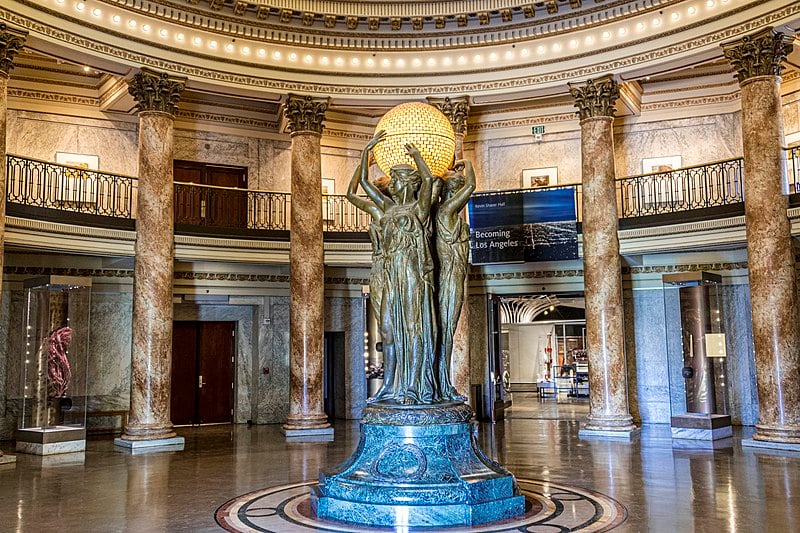Resilience and Innovation: The Evolution of the Los Angeles Museum of Natural History
by Scott Olpin, on February 15, 2024

The Los Angeles County Museum of Natural History, a cornerstone of cultural heritage overlooking the Rose Garden, seamlessly blends historical grandeur with contemporary resilience. Originating in 1910 and crafted by the renowned Hudson & Munsell, this beacon of Spanish Renaissance architecture was completed in 1913. More than a mere building, it serves as a vault of knowledge, home to the nation's fourth-largest collection of artifacts, attracting over 355,000 visitors yearly.
This institution's historical narrative is marked by a forward-thinking commitment to preservation and adaptation. The turn of the millennium heralded a significant phase of modernization, emphasizing not just aesthetic enhancements but also structural fortifications to meet modern seismic standards. This included a crucial $12 million refurbishment, incorporating steel reinforcements and wall and roof stabilizations, fortifying the museum against earthquakes.
Central to this retrofit was the innovative reinforcement of the roof slab with Carbon Fiber-Reinforced Polymer (CFRP), a strategic choice ensuring the building's compliance with seismic codes. This complex procedure was executed with a high degree of precision, ensuring the historical facade was maintained while enhancing structural integrity.
Adapting for the Future: Innovative Artifact Preservation Strategies
The museum's evolution is characterized by the adoption of advanced preservation strategies, safeguarding its precious collections with cutting-edge storage solutions:
- Customizable Art Racks: These adaptable storage units are designed to house a wide array of collections, offering various configurations like freestanding and wall-mounted options. They are meticulously crafted to balance the aesthetic and functional requirements of the museum, providing optimal preservation conditions while maximizing space efficiency. They also safeguard art by utilizing additional brackets and being mounted in seismic rated channels.
- Robust Static Shelving: Embodying simplicity and efficiency, this shelving solution is engineered for steadfast stability, featuring enhanced bracing to shield artifacts from seismic disturbances. It presents a no-frills, reliable option for maintaining the integrity of valuable collections.
- Space-Efficient Compactor Shelving: Esteemed for its compact design, this innovative shelving solution is optimized with seismic-resistant features such as wedge plates, ensuring a secure environment for artifacts while maximizing storage efficiency. The design is particularly mindful of the unique challenges posed by seismic activity, ensuring thorough protection and accessibility.
The Los Angeles Museum of Natural History exemplifies the harmonious integration of tradition and technological advancement, continually evolving to ensure the longevity and safety of its invaluable collections. Its commitment to combining architectural preservation with state-of-the-art engineering solutions stands as a testament to its dedication to cultural stewardship and innovation.



